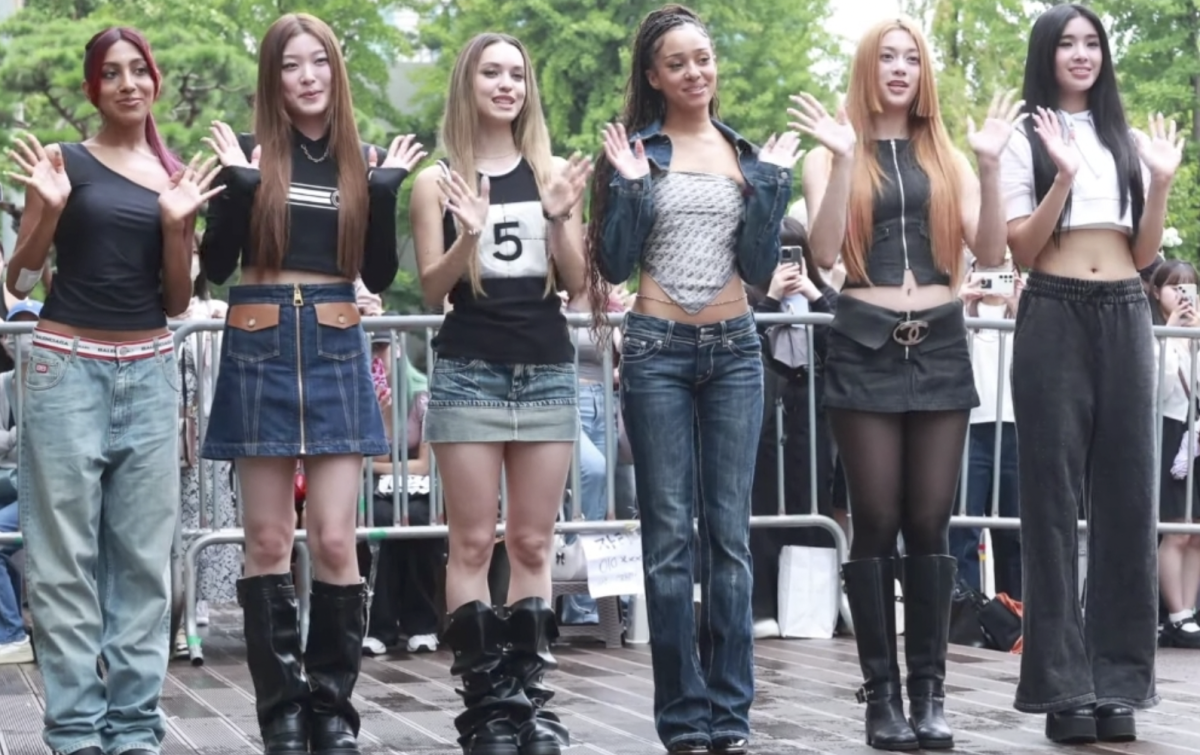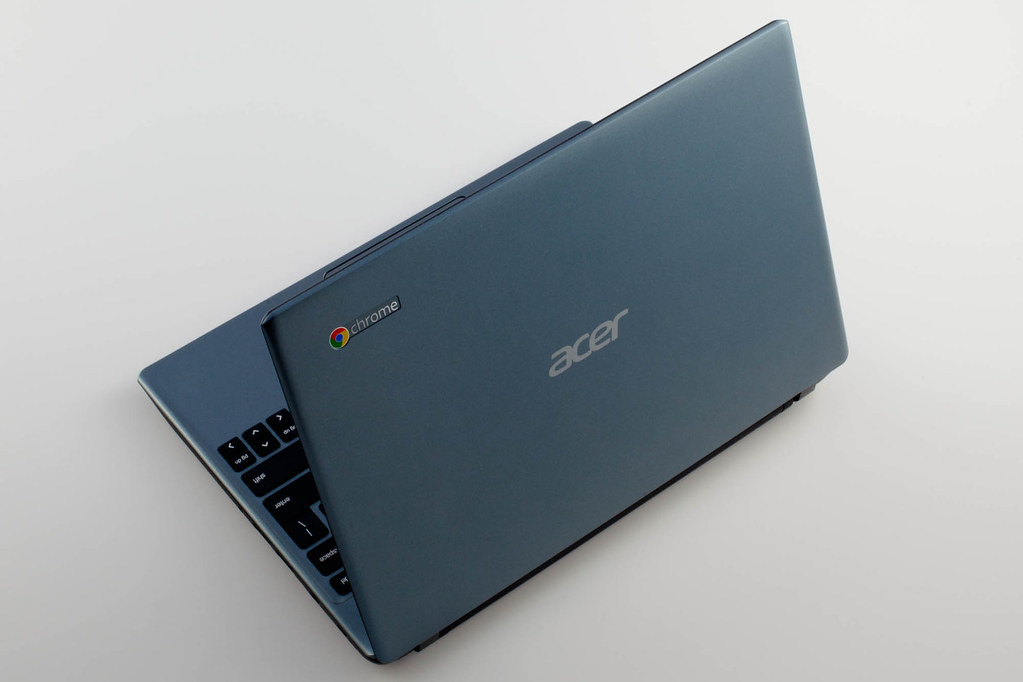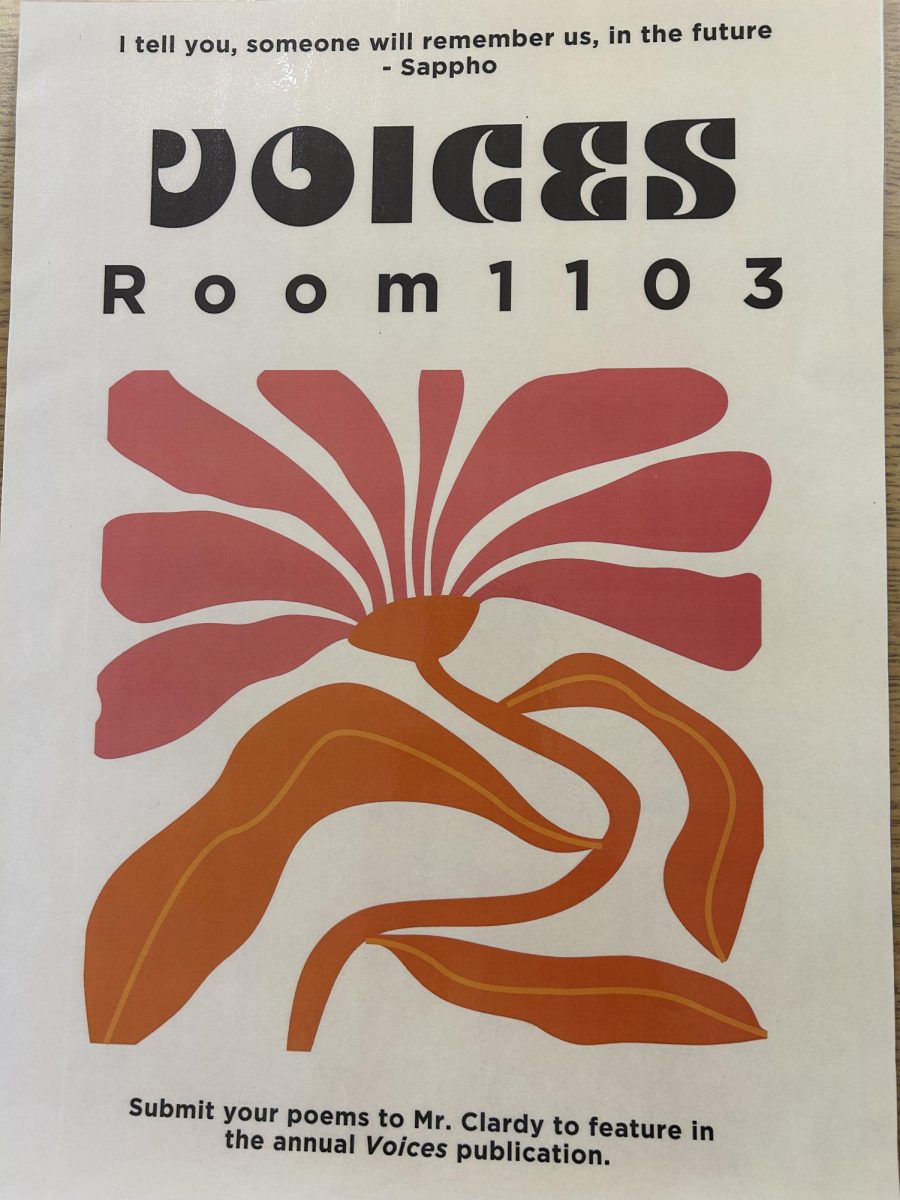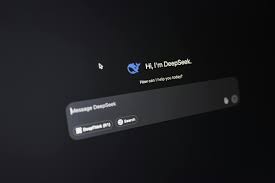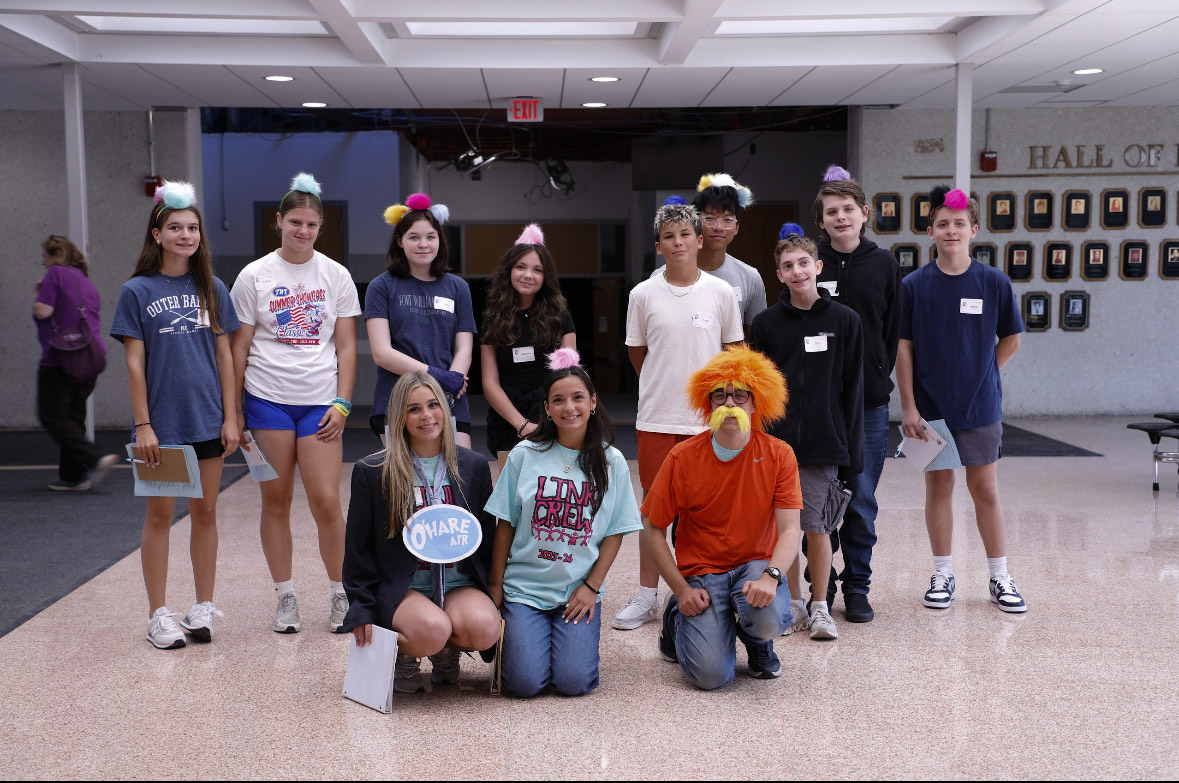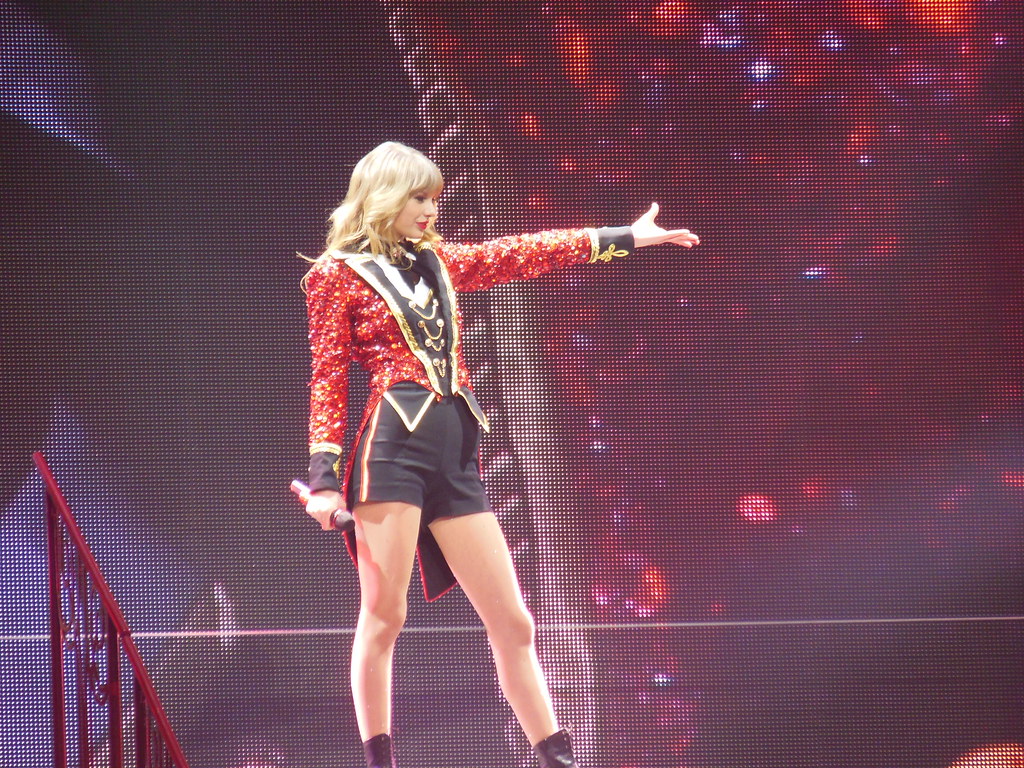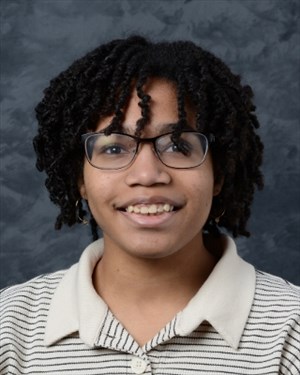AI art is a threat to artists due to them often using artists’ work without permission, but Professor Ben Zhao and a team of researchers at the University of Chicago have developed some ways to combat that issue.
Despite the technology being around for a while, in 2022, a host of AI art related events put AI on the forefront of many artist’s minds. AI generated content is made by training programs on algorithms on images paired with text to give context. Since AI is only recently a part of the public consciousness, there is little regulation on what AI is allowed to do, and this has caused artists to have their work used for training without their consent, a troubling issue concerning there is a legitimate worry about AI replacing artist’s jobs.
On March 15, 2023, Glaze AI had its initial release. Glaze AI is a tool meant to alter pixels in a way that is nearly impossible for humans to detect but messes up the way AI art generators process styles. It allows artists to upload their art online without the threat of their art style being scraped, which is the automated extraction of data from online sources, into a new AI model.
Many artists have used the power of Glaze to protect their art. Bestselling author and webcomic artist Sarah Andersen, uses Glaze AI to prevent newer models from copying her work, a problem she has had in the past. “Before Glaze, we had no recourse for protecting ourselves against AI. There’s some talk of an opt-out option, but when you’ve been an artist online like me for over a decade, your work is everywhere.” Andersen addressed in an interview with Business Insider that the help that Glaze AI provides to protect her style, and other artists share this same sentiment.
Glaze AI is not the only AI art prevention software, though. Zhao’s team of researchers are also developing a program called Nightshade which uses a similar concept to Glaze AI, but takes it a step further. An exclusive preview of the research was given to MIT Technology Review which revealed Nightshade will “poison” AI models into making them believe that one object is another, such as a drawing of a dog being processed as a cat. This works by exploiting a current insecurity in the way AI models work that may grow instead of shrink as more models are developed.
Another group working towards protection for artists is Spawning AI, creating tools such as Kudurru which finds the IP addresses of scrapers and blocks them from taking an artist’s work. Spawning AI has many other tools, such as the AI.txt tool that generates a text file people can embed in their websites that clearly states what scrapers can and cannot do with the content on their websites. Spawning AI also sees the merit in AI, as long as permissions are given, which is why they have allowed 1.4 billion images to be opted out from AI training sets, but also is a pioneer with the first experiments with consensual AI art models with Holly+. Holly+ is an AI text to speech (TTS) program using the voice of Holly Herndon, but what sets it apart from other AI TTS programs is that Herndon allowed and encouraged her voice to be used, introducing a more ethical way to produce AI voices.
Some skeptics have brought up the fact that AI is advancing at exponential rates and that the longevity of these technologies is dubious. Zhao states that long-term protection is not the end goal. “Glaze was never meant to be a perfect thing,” Zhao stated while discussing other’s issues with the tool’s ability to continuously protect artists. Glaze and similar tools are meant to bridge the gap while lawmakers catch up with the quickly advancing technology which can take many years to happen.
Through the efforts of the team at the University of Chicago and the researchers at Spawning AI, artists are able to have a fighting chance when it comes to the uncertainty of AI art’s future. While not a perfect solution, every bit can help when it comes to such a volatile area. Artists can use this new technology to take the threat of AI into their own hands. As Marian Mazzone said in an interview with Hyperallergic, “Feeling helpless is no good.”



